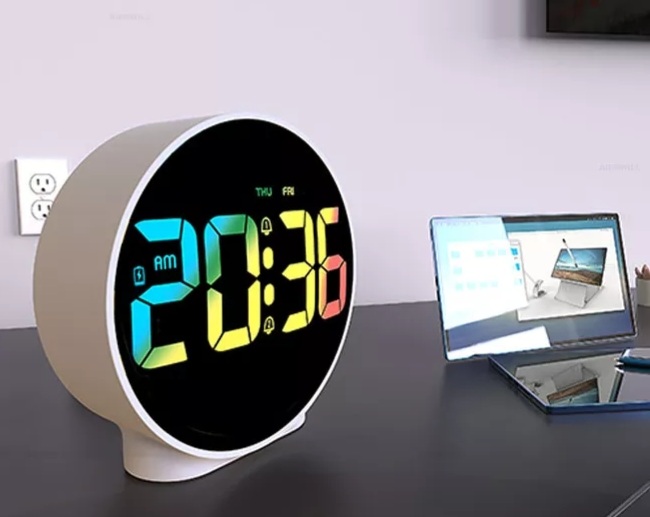
A Journey to Healing; A Therapist’s Guide to Creating a Safe Space
In the field of therapy, every little detail matters. From the walls’ soothing colors to the furniture arrangement and from the shell table clock to other decorations, therapists curate an environment where clients can start the journey of self-discovery and healing.
Beyond the plush chairs and serene artwork lies a subtle symphony of elements carefully orchestrated to wrap patients in an oasis of comfort and security. So, if you are a therapist who is looking for inspiration to set their office for the patients, then you are at the right place because we have just the ideas that you need.
Setting Up Office
1. The Foundation of Tranquility:
Much like a sanctuary, a therapist’s office should radiate tranquility when a patient steps through the door. Start with a color palette that exudes warmth and calmness, such as soft blues, greens, or earthy neutrals. Avoid overly vibrant or harsh colors that might evoke anxiety. The right color scheme can set the atmosphere for emotion and self-exploration. A splash of vibrant color here and there can bring a positive touch to the place.
2. The Power of Personal Touches:
Inject a touch of humanity into your space through personal touches that reflect your therapeutic approach and personality. Thoughtfully chosen artwork, inspirational quotes, or a carefully curated bookshelf can create an inviting atmosphere that makes patients feel welcome and understood. Such elements indicate that you care about your patient’s well-being.
3. Embracing Nature:
Nature has a distinctive ability to soothe and rejuvenate. Incorporate nature into your office design; you can go for indoor plants, mini water fountains, aquariums or even nature-inspired artwork. The best option is to have a huge window overlooking greenery or some other natural scene, but if you can’t do that, a nature-inspired environment will be perfect to connect with your patients.
4. Seating Arrangements:
The arrangement of furniture can shape the dynamics of your sessions. Opt for seating that promotes an open and equal exchange, such as two comfortable chairs facing each other. A table can symbolize inclusivity and encourage concerted conversations. Remember, the seating arrangement should foster a sense of safety and encourage the patient to share without reservation.
5. Soft Lighting, Great Comfort:
Lighting is a silent conductor of emotions, soothing nerves and creating an intimate atmosphere. Choose soft, diffuse lighting over harsh fluorescents. Combining ambient and task lighting can create a balanced ambiance, allowing you to adjust the mood as needed. Use dimmer switches to flexibly tailor lighting to each patient’s comfort level and need.
6. Creating a Safe Haven:
Privacy is a cornerstone of therapy. Ensure that your office design respects this by utilizing soundproofing measures, whether through acoustic panels or thick curtains. You can also talk to the patient about how they want to have sessions and how privacy works for them.
7. Mindful Distractions:
Sometimes, patients may find solace in focusing on something soothing during challenging moments. Incorporate mindful distractions, such as a calming sensory corner with stress-relieving items like textured fabrics, stress balls, or fidget toys. This simple addition can provide patients with a safe outlet for nervous feelings and contribute to a more fruitful session.
8. Cozy Comfort:
Create an inviting place where patients can feel safe to process their thoughts or emotions. Plush pillows, cozy throws, and a soft rug can transform a corner into a comforting cocoon where patients can unwind and introspect. You can improvise according to your patient. Some will feel comfortable talking on a chair, while others might feel better laying on a plush pillow and talking.
9. An Invitation to Self-Care:
Inspire patients to cultivate self-care and mindfulness outside of therapy sessions by offering resources and materials they can explore independently. Consider a bookshelf with self-help books, journals, or guided meditation recordings. Adding such positive things can help your patients in the long run.
So, before you book your next slot, make sure you rebrand and renovate your office to approach your patients better and achieve the results you and the patient want. Thoughtfully curating your office environment creates a safe haven where patients can explore, heal, and grow.
Just as an artist selects colors with intention and a composer crafts melodies with care, therapists orchestrate an environment that fosters empathy, understanding, and transformation.


Leave a Reply